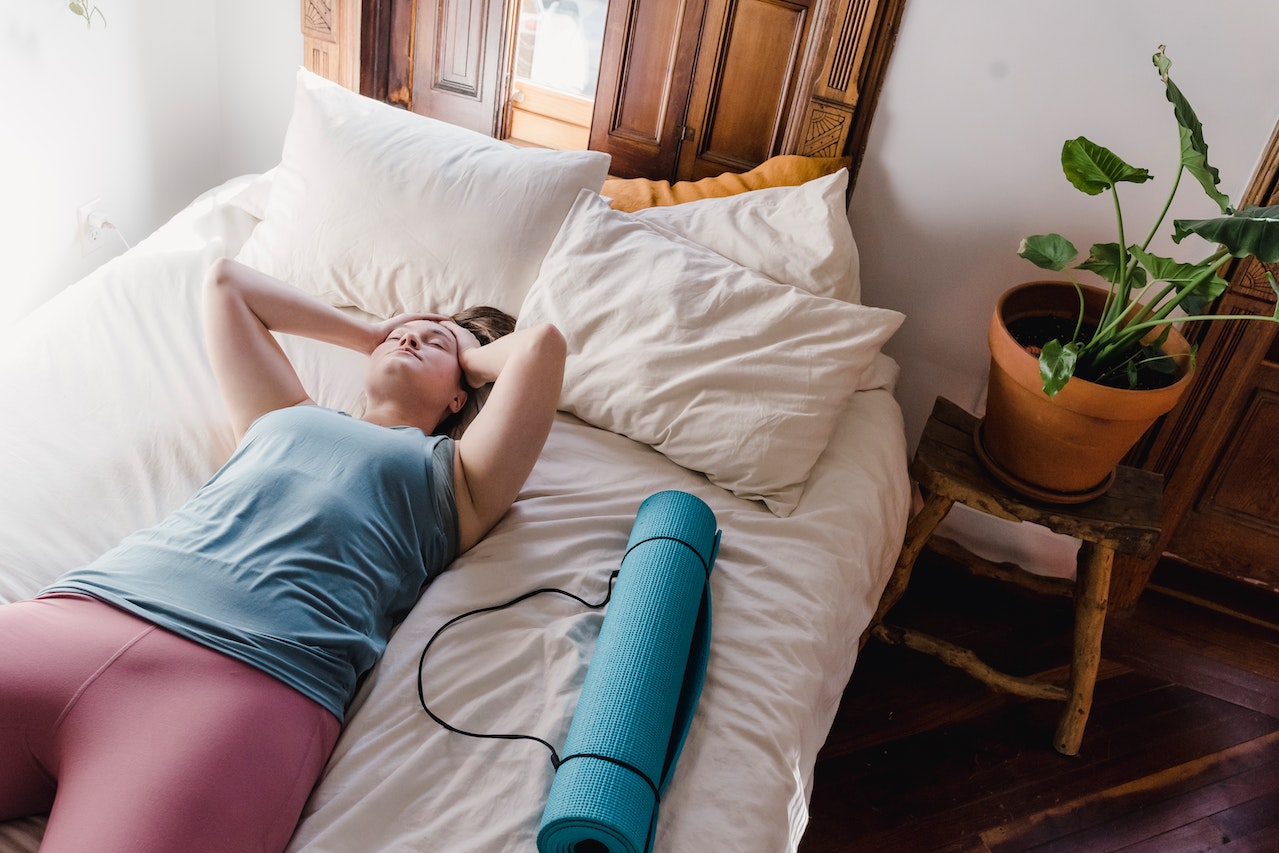
As an exercise physiologist, I cannot stress enough the importance of incorporating recovery into your exercise program. While it may seem counterintuitive to take a break from exercise, the truth is that recovery is just as important as the workout itself.
In this article, we’ll delve into the science behind recovery and how tools such as the Theragun, yoga, Pilates, and leg compression can aid in the process.
The Science of Recovery
When you exercise, you create microtears in your muscle fibers. These microtears stimulate muscle growth and adaptation, leading to stronger, more efficient muscles. However, if you don’t allow time for recovery, those microtears can lead to muscle damage, inflammation, and fatigue.
Recovery is the process by which your body repairs and regenerates the tissues that have been stressed during exercise. During this phase, your body adapts to the demands placed on it during exercise, becoming stronger and more resilient. If you don’t allow for adequate recovery time, you risk injury, decreased performance, and burnout.
Recovery Tools
Now that we understand the importance of recovery, let’s look at some of the tools that can aid in the process.
Theragun
The Theragun is a handheld device that delivers percussive therapy to the muscles. Percussive therapy involves rapid, high-frequency pressure applied to the muscles, which can help to increase blood flow, reduce muscle tension, and alleviate pain. The Theragun can be used to target specific muscle groups, providing deep tissue massage that can help to flush out waste products and deliver nutrients and oxygen to the tissues. This can lead to improved recovery time, reduced muscle soreness, and improved range of motion. I use mine all day every day!
Yoga
Yoga is a form of exercise that focuses on flexibility, strength, and relaxation. Practicing yoga can help to improve circulation, reduce stress, and lengthen the muscles. Yoga can also help to improve your posture, balance, and breathing. All of these can aid in the recovery process. By incorporating yoga into your exercise routine, you can help to reduce the risk of injury and promote optimal physical and mental health.
Pilates
Pilates is a low-impact form of exercise that focuses on core strength, flexibility, and posture. These exercises can help to improve your body awareness and alignment, which can reduce the risk of injury and chronic pain. By strengthening your core muscles, you can improve your balance and stability. This can translate to better performance in other activities. Pilates can also be used as a recovery tool, providing a low-impact workout that can help to reduce muscle soreness and fatigue.
Leg Compression
Leg compression is a technique that involves wearing compression sleeves or socks to improve blood flow and reduce swelling in the legs. This can be particularly beneficial for runners, cyclists, and other athletes who put a lot of strain on their lower body. By wearing compression gear after a workout, you can help to improve circulation, reduce muscle soreness and fatigue, and speed up recovery time.
Incorporating Recovery into Your Exercise Program
Now that we’ve explored some of the tools that can aid in the recovery process, let’s talk about how to incorporate it into your exercise program.
First and foremost, it’s important to listen to your body.
If you’re feeling tired, sore, or fatigued, it’s a sign that your body needs rest. Allow yourself time to recover between workouts, and don’t be afraid to take a day off if you need it.
In addition to rest, there are several other ways to promote recovery. Stretching, foam rolling, and massage can all help to reduce muscle tension and improve circulation. Yoga, Pilates, and other low-impact activities can be used as active recovery strategies to keep your body moving while also promoting recovery.
Another important aspect is nutrition.
Make sure to fuel your body with healthy foods that provide the nutrients your muscles need to repair and regenerate. Adequate hydration is also essential. This helps to flush out waste products and deliver nutrients to the tissues.
Finally, don’t underestimate the power of sleep.
Getting enough sleep is essential for recovery. It is during sleep that your body does most of its repair and regeneration. Aim for at least 7-8 hours of sleep per night. Prioritize getting enough rest to support your body’s recovery process.
To sum it all up, recovery is a crucial component of any exercise program. By incorporating tools such as the Theragun, yoga, Pilates, and leg compression into your routine, you can help to reduce muscle soreness, improve circulation, and promote optimal physical and mental health.
Remember to listen to your body, prioritize rest and recovery, and fuel your body with healthy foods and hydration. By doing so, you’ll be able to enjoy the benefits of exercise while also keeping your body healthy and injury-free.



